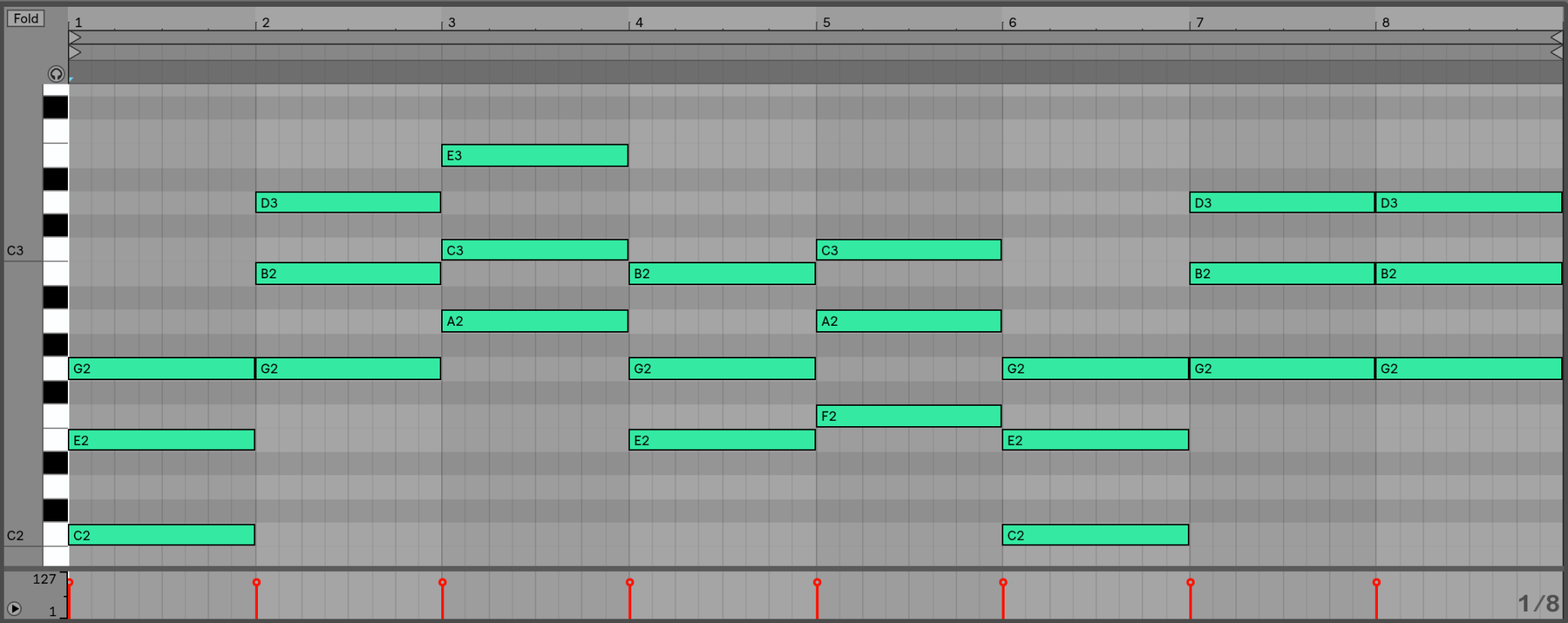Guitar Chord Progressions in EDM: Adding Real Instrument Vibes to Electronic Beats
Electronic dance music (EDM) is all about those synthetic sounds, right? Those booming basslines, shimmering synths, and crisp drum machines. But what if you want to add a little something extra, a touch of organic warmth? That’s where guitar chord progressions come in. You might think guitars are strictly for rock or blues, but they can bring a whole new dimension to your EDM tracks.
Why Use Guitar Chords in EDM?
Think of it like adding a human element. EDM can sometimes feel a bit cold and robotic. Guitars, with their natural resonance and the subtle imperfections of human playing, can inject some soul into your tracks. It’s about creating contrast, blending the organic with the synthetic.

Simple Chord Progressions to Get You Started
Let’s keep it simple, because you don’t need to be a guitar virtuoso to make this work. We’ll stick to basic chords and progressions that sound good in almost any key.
The Classic I-IV-V Progression
This is the bread and butter of popular music, and it works just as well in EDM. In the key of C major, that’s C-F-G. You can play these chords as simple power chords (root and fifth) or full triads. Try experimenting with different strumming patterns and voicings.
The Emotional i-VI-III-VII Progression
For a more melancholic or introspective vibe, try this minor progression. In A minor, that’s Am-F-C-G. This progression has a beautiful, cyclical feel that can add depth to your tracks.
The Pop-Punk Inspired I-V-vi-IV Progression
This one’s a bit more upbeat and energetic. In the key of G major, that’s G-D-Em-C. It’s got that classic pop-punk vibe, and you can easily adapt it for EDM by adding some delay and reverb.
Tips for Making Guitar Chords Fit in EDM
Keep it simple: Don’t overcomplicate things. Simple chords and rhythms often work best in the context of EDM.
Genre-Specific Applications
Chillwave/Lo-fi House: Clean, dreamy guitar chords with lots of reverb and delay can create a hazy, atmospheric vibe.
The Importance of Sound Design
When incorporating guitar into EDM, sound design is crucial. You want the guitar to feel like it belongs in the mix, not like it’s just tacked on. Experiment with EQ, compression, and other effects to shape the sound of your guitar.
Blending the Organic and Synthetic
The magic happens when you find the right balance between the organic and synthetic elements. Don’t be afraid to experiment and push the boundaries. You might be surprised at what you can create.
Conclusion
Adding guitar chord progressions to EDM can bring a fresh and unique sound to your tracks. It’s about blending the warmth and emotion of a real instrument with the power and precision of electronic music. By keeping it simple, experimenting with effects, and paying attention to sound design, you can create some truly captivating tracks. Don’t be afraid to experiment and find your own unique style. The possibilities are endless. So, grab your guitar, fire up your DAW, and start creating some sonic magic.

